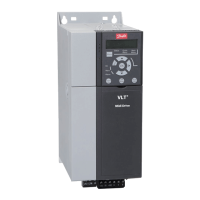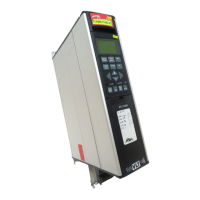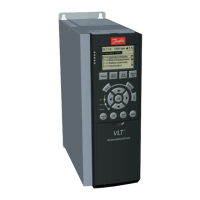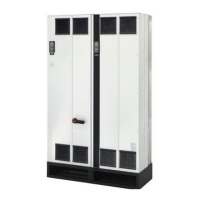7 Appendix
7.1 Supported CIP Objects
As in all implementations of CIP, EtherNet/IP shares the common object model. Objects are a common method to describe
the specic application implemented in a device.
Data is structured in classes, instances, and attributes:
A class is a group of objects with the same structure. These groups of objects within a class are called instances. Every
instance provides the same data elements called attributes. Each class provides services to access data or to change the
state of an object.
Attribute Access Name Data type Description
1 Get Vendor Uint (97) Danfoss Drives vendor code
2 Get Device type Uint (2) AC Drive
3 Get Product code Uint Value of parameter 12-34 CIP Product Code
4 Get Revision Struct Value of parameter 12-33 CIP Revision
5 Get Status WORD
EIP status word (parameter 12-30 Warning
Parameter)
6 Get Serial number UDINT Serial number
7 Get Product name String Value of parameter 15-40 FC Type
8 Get State Uint
0 = Non-existing
1 = Device self-testing
2 = Standby
3 = Operational
4 = Major recoverable fault
5 = Major unrecoverable fault
6–254 = Reserved
255 = Default for get attribute all
9 Get Conf. consistency value Uint –
Table 7.1 Instance Attributes-Class ID 0x01 Identity Object
Instance Access Name Size Description
20 Set ODVA basic speed control output 2 words –
21 Set ODVA extended speed control output 2 words –
70 Get ODVA basic speed control input 2 words –
71 Get ODVA extended speed control input 2 words –
100 Set Danfoss basic control output 2 words –
101 Set Danfoss extended control output 4 words –
103 Set Danfoss extended control output 10 words –
150 Get Danfoss basic control input 2 words –
151 Get Danfoss extended control input 4 words –
153 Get Danfoss extended control input 10 words –
Table 7.2 Instance Attributes-Class ID 0x04 Assembly Objects
Appendix Programming Guide
MG07H102 Danfoss A/S © 06/2016 All rights reserved. 37
7 7
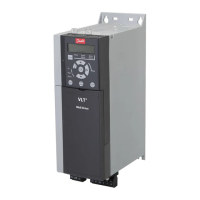
